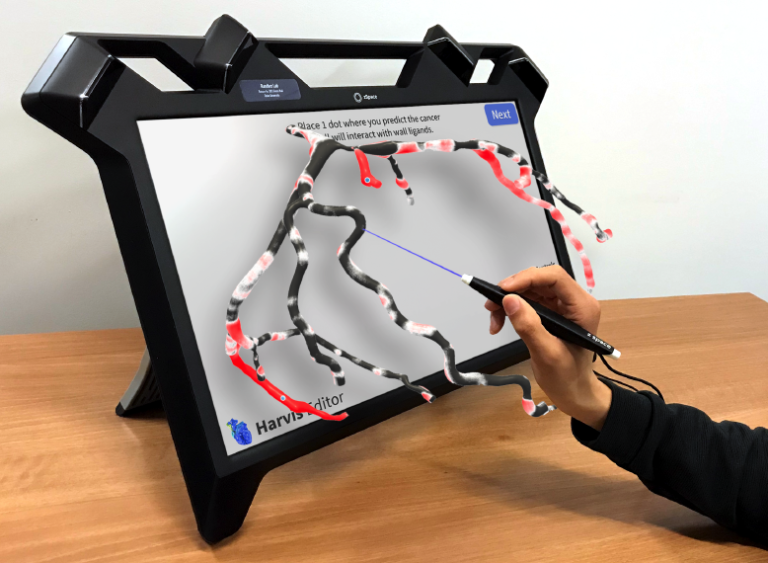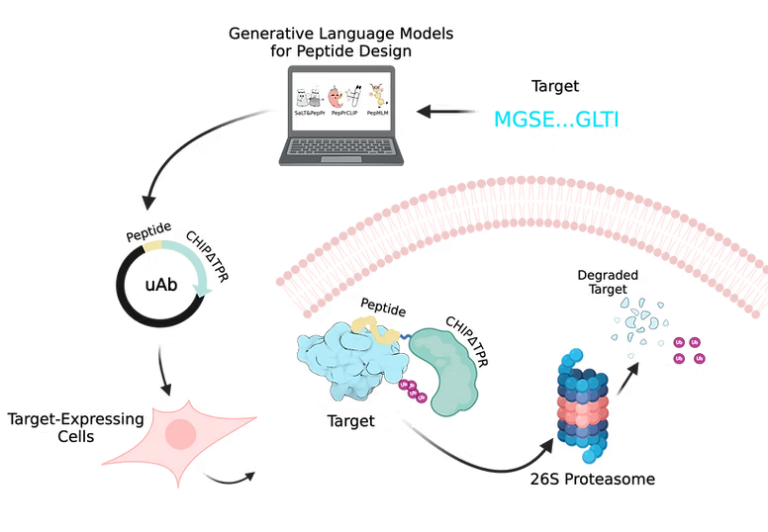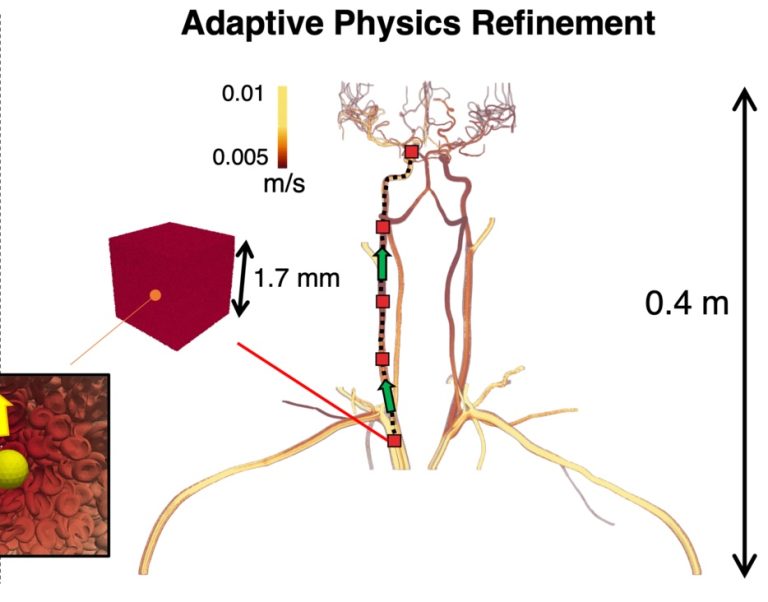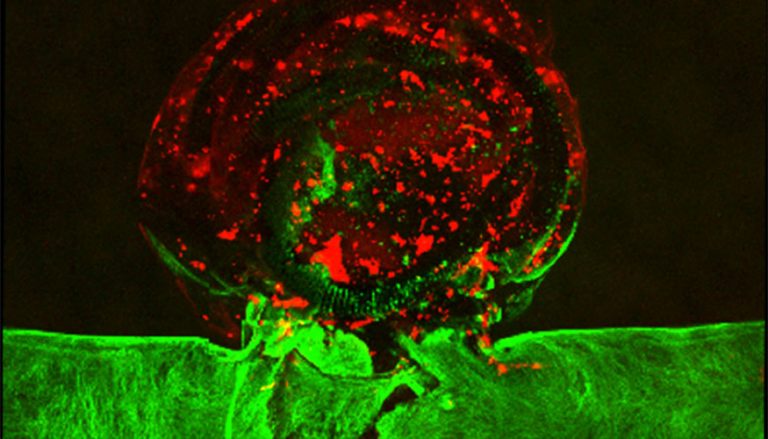Treat
At the Duke Center for Computational and Digital Health Innovation, we strive to transform treatments to achieve better patient outcomes.
Through the integration of extended reality and personalized digital twins with data, physics-based modeling, and AI, we simulate and refine treatment strategies within virtual environments before applying them to real-world scenarios.
Our approach helps ensure that interventions are both effective and tailored to the unique needs of each patient. The results range from optimizing treatment and intervention plans to designing better drugs and therapeutics to more precise placement of electrodes.
By uniting these advanced technologies, we are reimagining healthcare.





